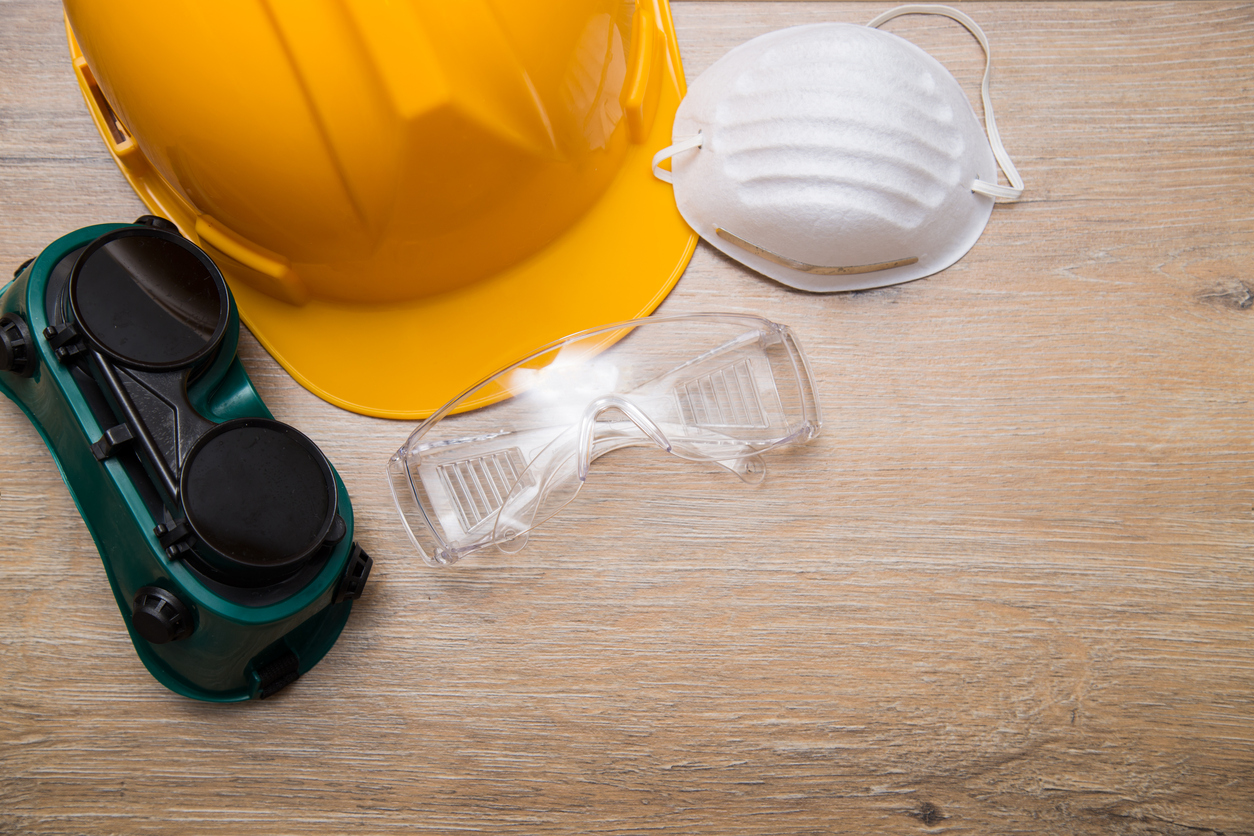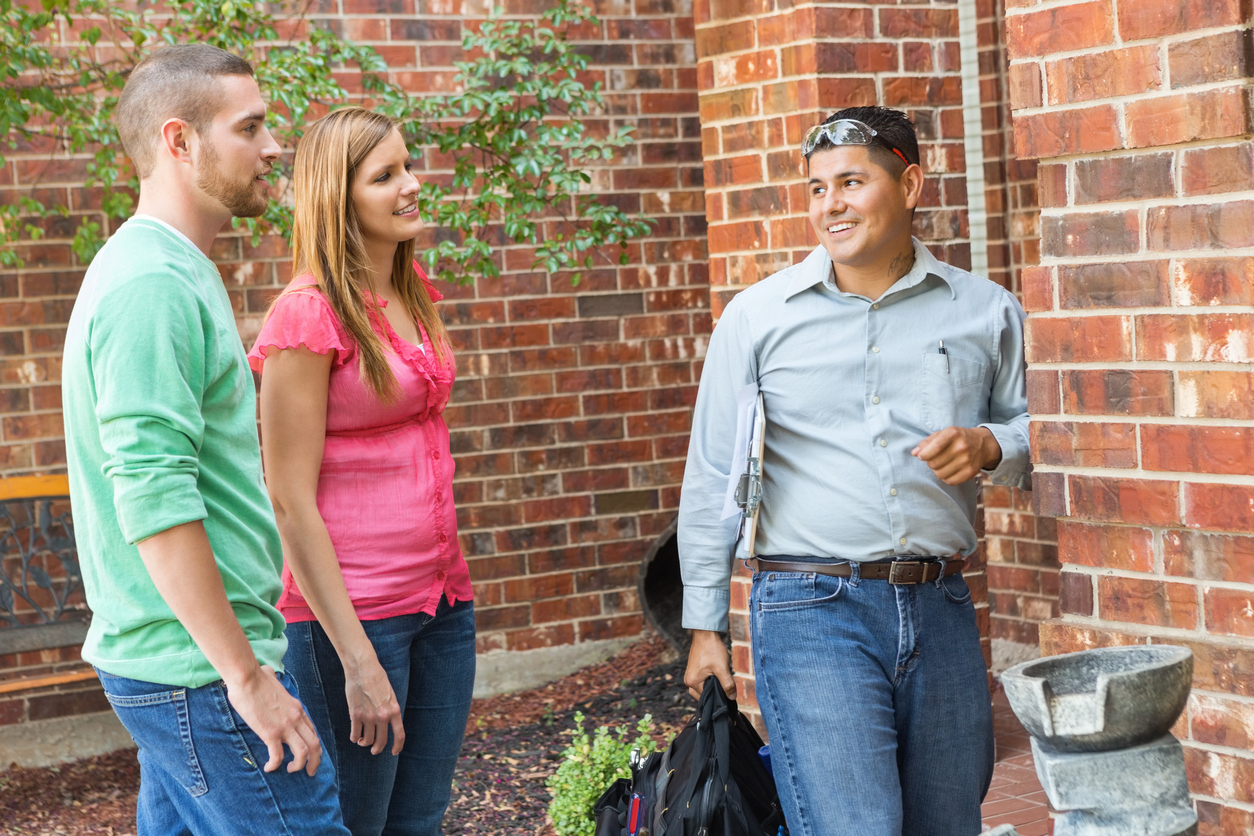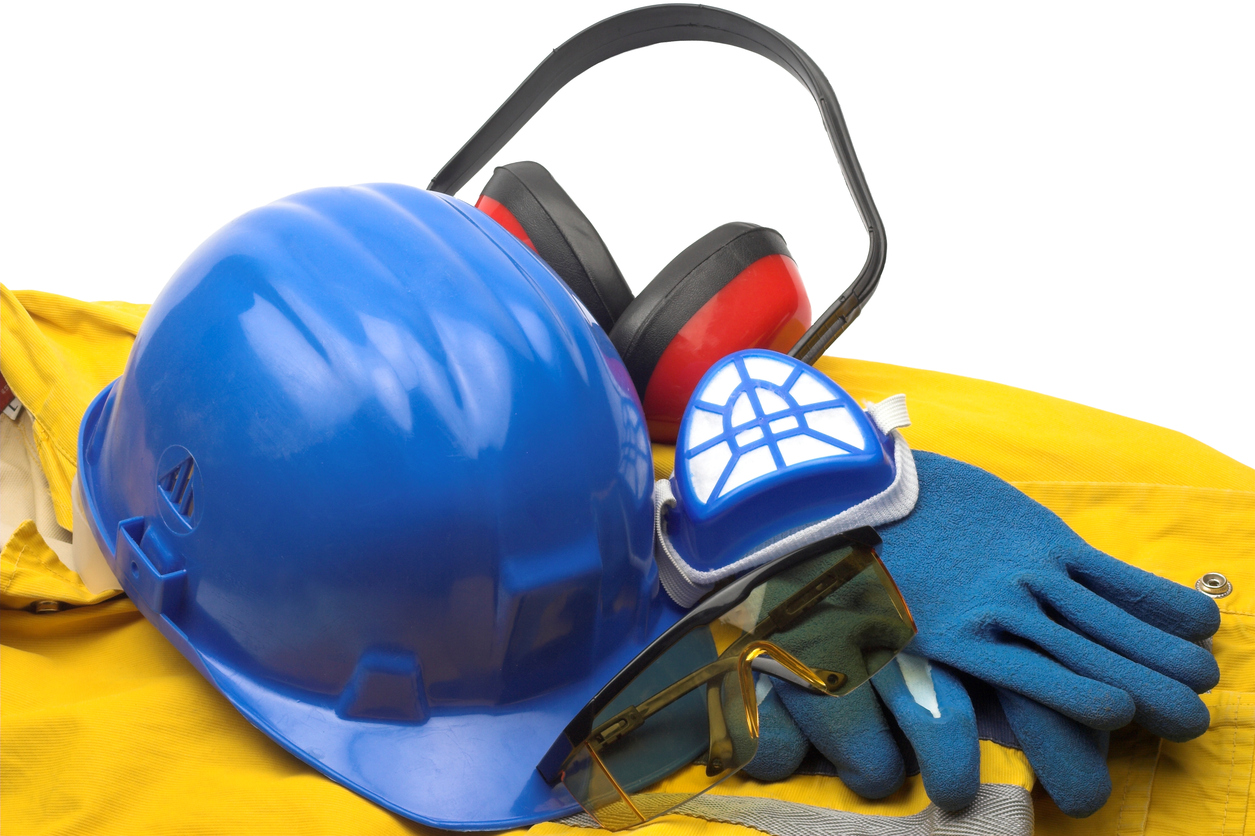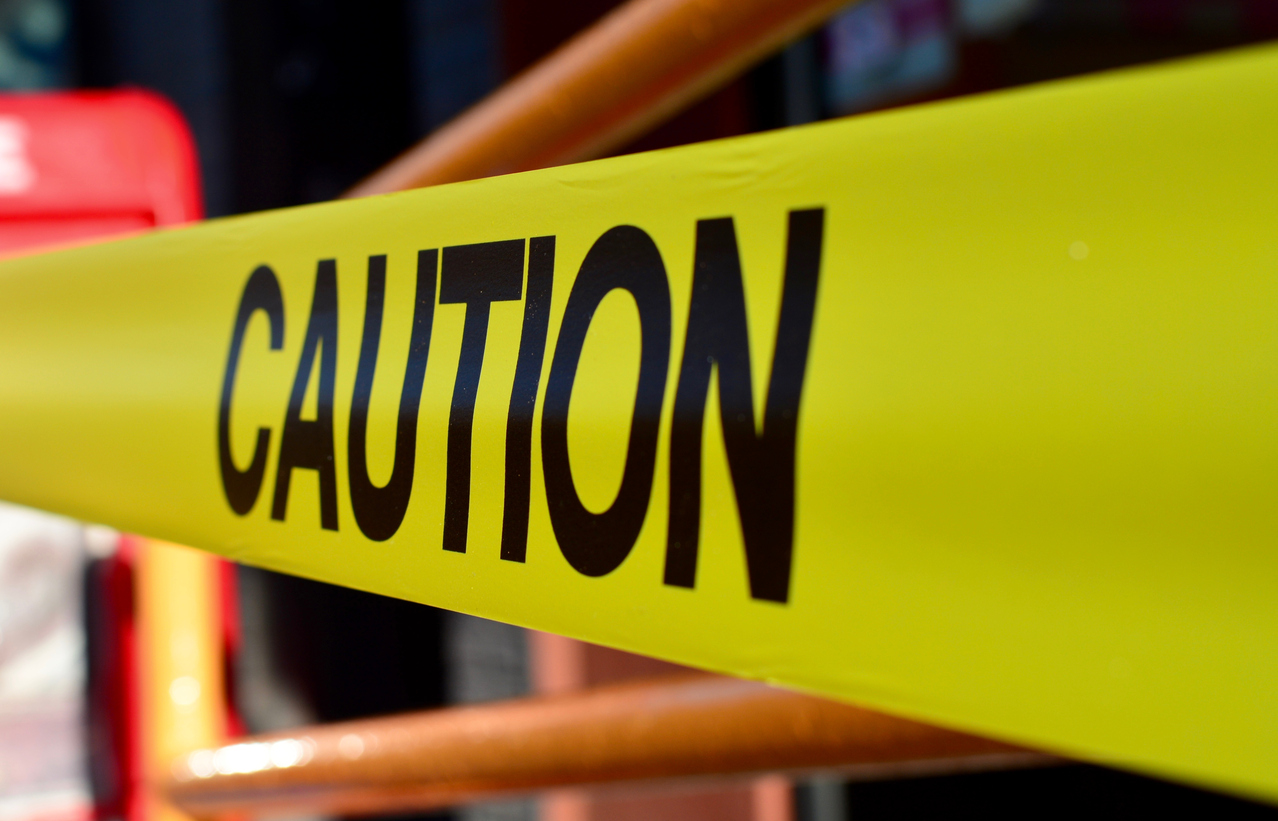Claims pros can't afford to pack lightly, since the tools neededat a job site go well beyond the standard lunch pail andhardhat.
|If we wrote down the unexpected things that crop up during aproperty inspection over the course of a career, the stories wouldfill several books.
|First, there is wildlife. Discovering skunks, snakes andraccoons is commonplace, but there are more extreme situations too— like a brown bear walking into the kitchen. (Yes, we'veseen this happen!)
|Related: Catastrophe safety 101
|Then there are things that are downright bizarre. One of ourfield pros was responding to a winter flood claim when he opened abedroom closet only to find everything inside — shoes,shirts, pants, belts — encased in a single block ofice.
|In flood situations, cows and other livestock can be leftstanding on rooftops. You could even encounter a house with twodozen cats, which brings us to another common problem:biohazards.
|Whether fire or flood, frozen pipes or fallen roofs, artificialor natural disasters, it's fair to say there are plenty of ways forclaims pros to be surprised, which is why we're big advocates ofbeing prepared. It's something Boy Scouts and claims pros have incommon. Being prepared means thinking things through ahead of timeand putting together the best toolbox for the claim.
|Here are some suggestions to help make sure you are prepared forjust about anything.
| 
(Photo: iStock)
|1. Pack thebasics
Apart from clipboard and paper, pens and markers, there areseveral items to have on hand or as wearables.
|On your person these may include tear-resistant gloves, dustmask, goggles, headlamp, camera and ID card.
|In your pockets: measuring tape, smartphone and a voicerecorder.
|Ready at your side: a pry bar, extra batteries and First Aidkit.
|Related: 5 things to do to keep employees safe whilecleaning up after a hurricane
|
Policyholders can provide important information to keepadjusters safe. (Photo: iStock)
|2. Get the facts and considerthe context
Do you know what you are getting into when you're called for aclaim or are you entering blindly? The second step to being wellprepared is to do your homework. Are the floors, ceilings and wallsintact? Are there any other hazards onsite?
|Try to speak to someone who has been there in person, whetherit's the homeowner, the insurer, a building inspector, contractoror even the fire department.
|Also consider the geographical setting. If you're working in theSoutheast during the summer, never go onsite without a snake bitekit and long-arm grabbing pole.
|If you're responding to claims in the Midwest in midwinter, handwarmers should be among your must-haves. Region and time of yearcan play a major role in how you approach a claim. Don't justconsider what type of claim you're responding to, but where andwhen you'll be working as well.
|
(Photo: iStock)
|3. Pack theparticulars
When you know the facts of the case and the context of theclaim, consider what else you might need to maximize your onsiteproductivity. What particular items would enhance your claimsadjusting experience in this situation? A few additional items youmight want to take along include:
- NIOSH-approved respirator. This is one of themost important tools to bring into a flooded house. Standing waterquickly turns toxic, and mold grows quickly. Be sure to choose arespirator that's appropriate to the environment you're going into(e.g., N-95, N-100).
- Slip-resistant, puncture-resistant, waterproofboots. If the home is a fire loss, you never know how muchwater the fire department may have dispensed. In winter, floodwaters may turn to ice. If the roof is damaged, snow may have blownin. You may also be moving across exposed nails or glass.
- Tyvek suit. It protects your arms, legs andpersonal clothes.
- Roof inspection equipment. This could includea ladder, harness, special boots, a pitch finder and a shinglegauge.
- Navigation and/or satellite communicationequipment. If you're visiting a remote area with nocellphone access, be prepared to find an alternate means ofcommunication in case of an emergency.
- Emergency warning triangles or flares. If theproperty is near heavy traffic or roadways, be prepared to warndrivers of your presence and protect yourself.
Related: 5 best practices for valuing water-damageditems
|
(Photo: iStock)
|4. Proceed withcaution
Every site has its hazards and safety should be the first rule.Before documenting the loss, walk around the loss site to make surethe structure is sound. If it doesn't look safe to enter, thendon't go into the space. Even if you feel it's safe to proceedinside, go gingerly. If you see signs of wildlife about, callanimal control.
|If another company has already visited the home and boarded itup, call the restoration contractor to see if access can beprovided. If fire or flood damage prevents you from getting down tothe basement, or up to a second floor, you may need the contractorto provide access.
|In many ways, claims professionals are like grown-up Boy Scoutsand Girl Scouts. They specialize in helping others during times ofneed. They always do the right thing. And, they're prepared forwhatever they may encounter.
|As Abraham Lincoln once said, “Give me six hours to chop down atree and I will spend the first four sharpening the axe.”
|Scott Petlewski ([email protected]) istraining director for Enservio, a provider of contents claimsoftware, inventory and valuation services and payments solutionsfor property insurers.
Want to continue reading?
Become a Free PropertyCasualty360 Digital Reader
Your access to unlimited PropertyCasualty360 content isn’t changing.
Once you are an ALM digital member, you’ll receive:
- All PropertyCasualty360.com news coverage, best practices, and in-depth analysis.
- Educational webcasts, resources from industry leaders, and informative newsletters.
- Other award-winning websites including BenefitsPRO.com and ThinkAdvisor.com.
Already have an account? Sign In
© 2024 ALM Global, LLC, All Rights Reserved. Request academic re-use from www.copyright.com. All other uses, submit a request to [email protected]. For more information visit Asset & Logo Licensing.








